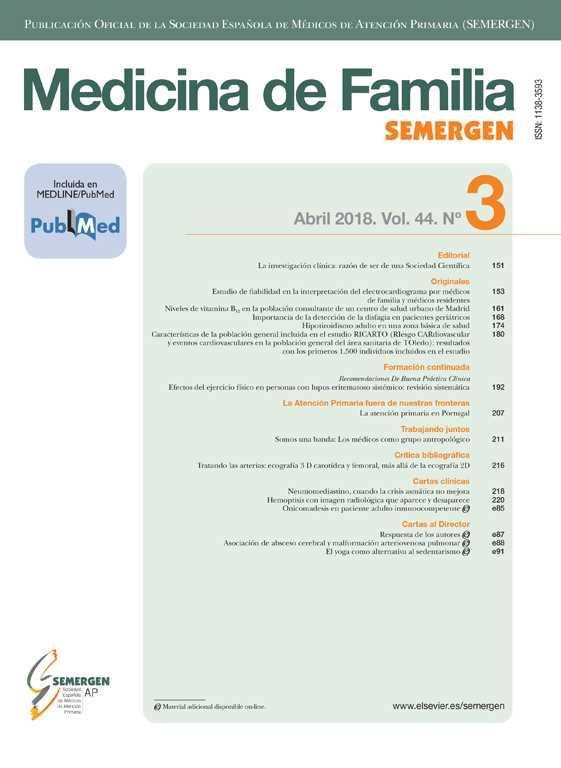Averiguar si hay o no alguna correlación entre la dismenorrea con la edad, con el número de embarazos y con el número de partos, en tres grupos distintos de mujeres.
Material Y MétodosSe ha estudiado la dismenorrea en 292 mujeres, atendidas en las consultas de ginecología y planificación familiar de la Seguridad Social. El método estadístico se ha llevado a cabo mediante el programa Statview®. Para las correlaciones entre la dismenorrea con la edad, se ha utilizado el coeficiente biserial puntual y para las otras dos correlaciones, dismenorrea con el número de embarazos y con el número de partos, el coeficiente de correlación de Kendall.
ResultadosEn el tercer grupo (ginecológicas), la dismenorrea es más frecuente y menos en el segundo grupo (puérperas). En el primer grupo (control de natalidad) y en el tercero, predominan las mujeres que no han estado embarazadas nunca y en el segundo, las que lo han estado dos veces. En los grupos primero y tercero, destacan las que no han tenido ningún parto y en el segundo, las que han tenido dos.
ConclusionesNo se han encontrado asociaciones significativas en las correlaciones de la dismenorrea con la edad, con el número de embarazos y ni con el número de partos, en ninguno de los tres grupos de mujeres.
The aim of this paper is to investigate there is or and some correlation between dysmenorrhea whether age, with the number of pregnancies and of births in three different groups of women.
Material and Methods292 women, treated of dysmenorrhoea in the Departament of Ginecology and Family Planning of the Social Security. The software used for the statistical stydy was the programme Statview® For the correlations between the dysmenorrhea with the age, the coefficient biserial puntual was used, and for the others correlations, the dysmenorrhea with the number of pregnancies and those of births, the coefficient of Kendall correlation.
ResultsIn the third group (gynecologics), the dysmenorrhea is more frequent, less frequent in the second group (puerperas). In the first (birth control) and in the third groups women without pregnancies are found, and in the second, women with two pregnancies. In the first and third groups, women who had no birth and in the second, with two births.
ConclusionsNo significant associations have been found in the correlation of the dysmenorrhea with the age, with the number of pregnancies or with the number of births.






